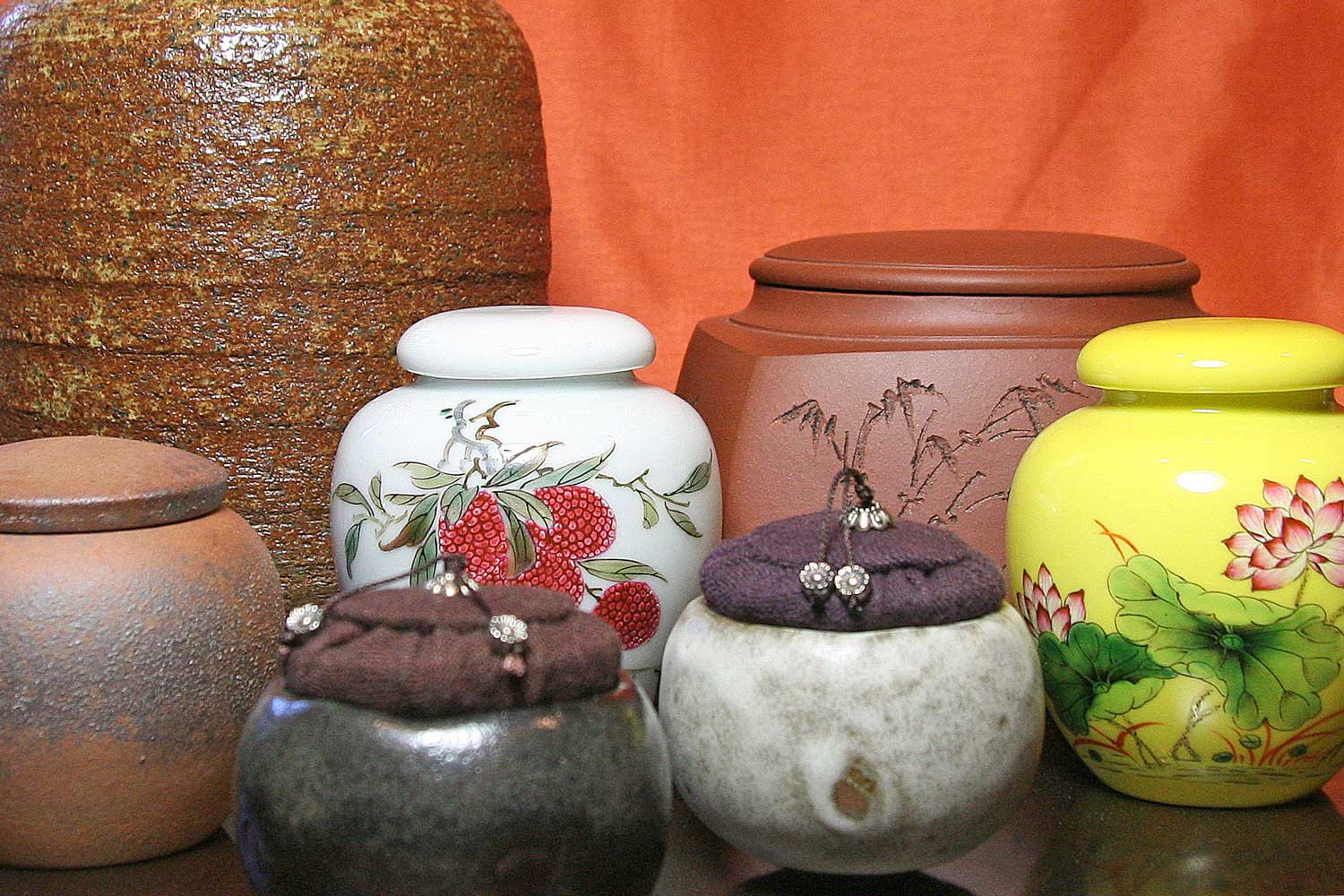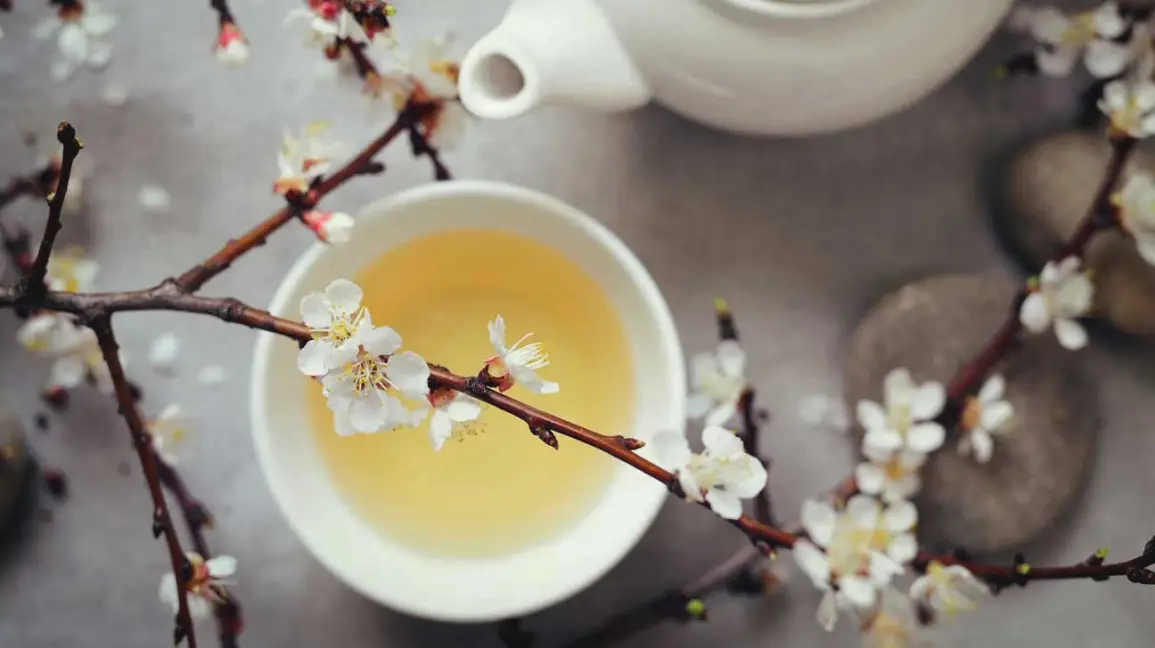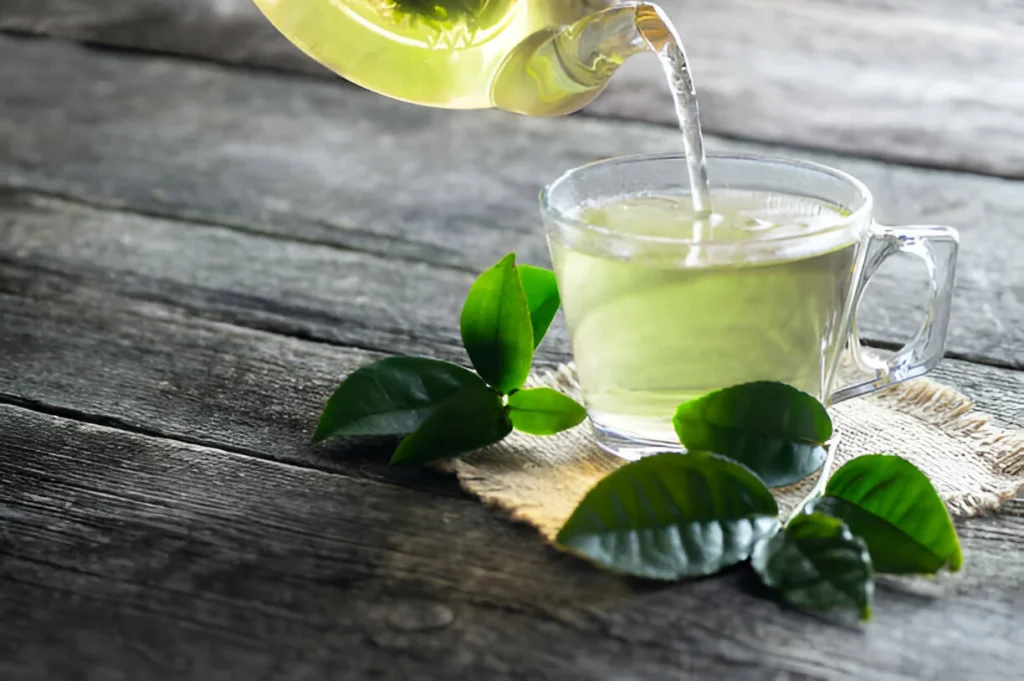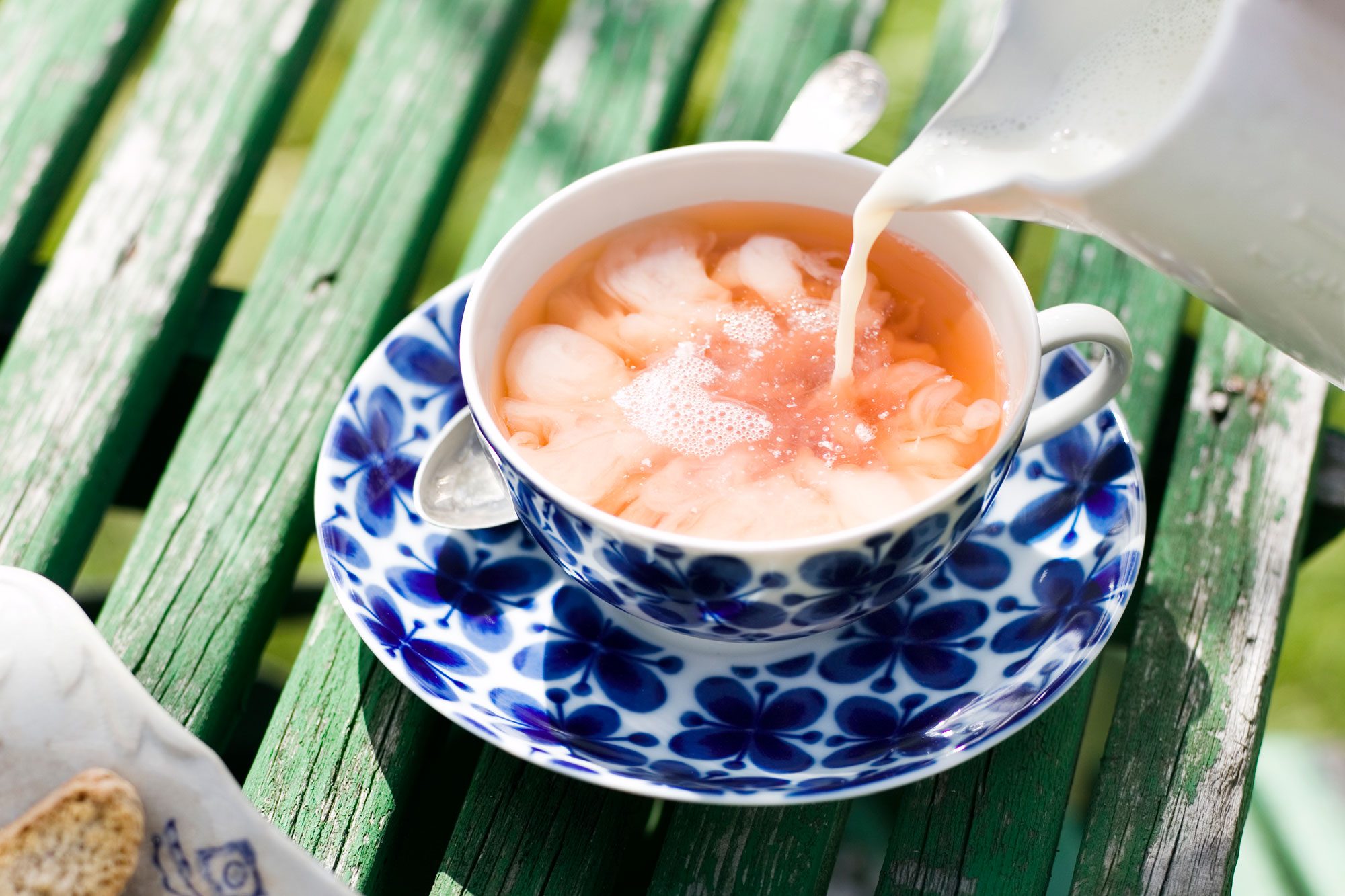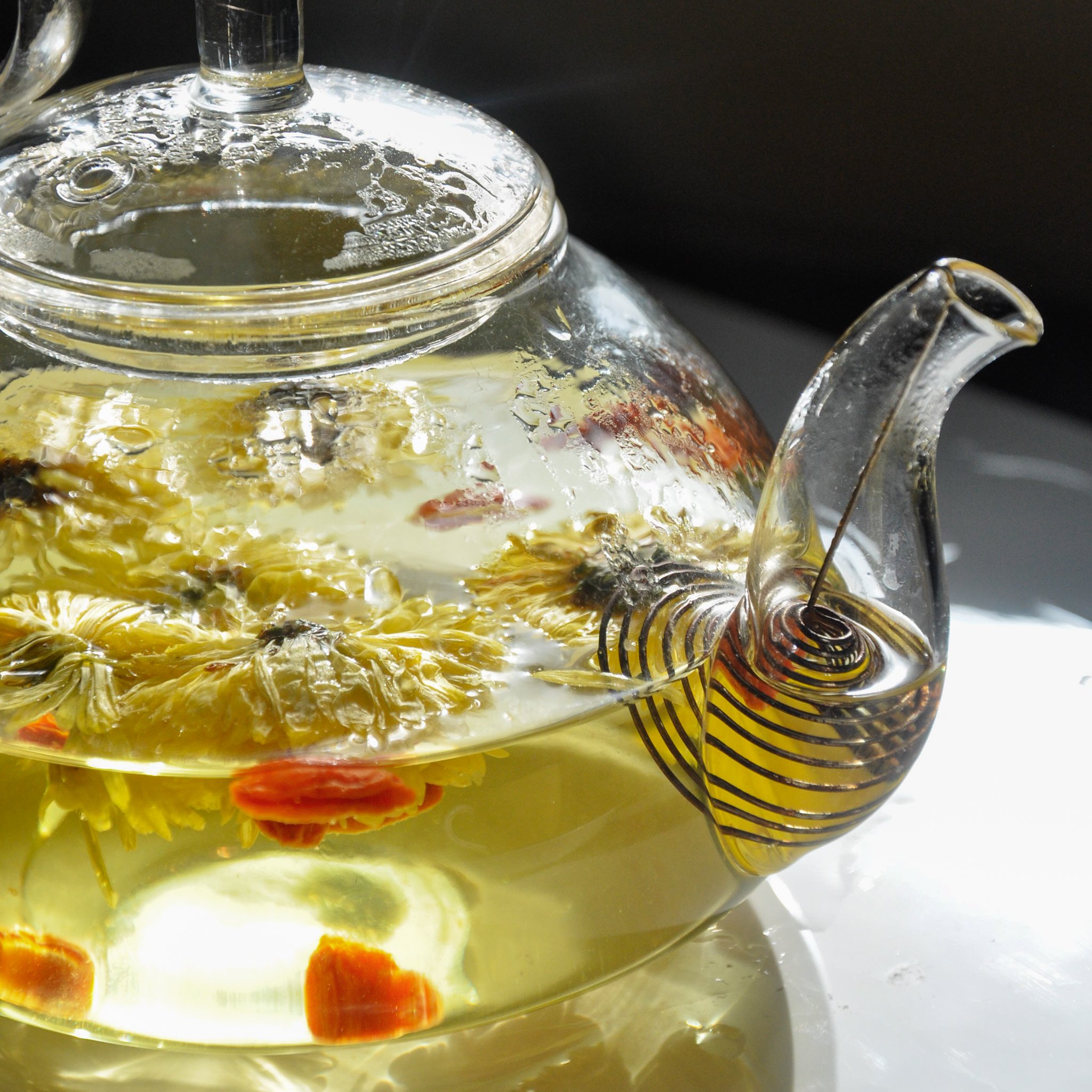As tea enthusiasts, we know that tea storage isn’t a one-size-fits-all concept. Different types of tea have unique timelines for peak flavour, and understanding these can greatly enhance your tea-drinking experience. Over the years, I’ve learned that some teas are best enjoyed fresh, while others benefit from resting or aging. Let’s explore how long your tea might keep, and what makes it shine at its best.
Fresh, Rested, or Aged?
- Fresh Tea: Certain teas, like green, white, and yellow teas, are prized for their fresh, vibrant flavors and are best enjoyed soon after harvest. These teas capture the youthful vigor of spring or autumnal harvests, offering sweet, grassy, or vegetal notes that are at their peak when young.
- Rested Tea: Some teas, particularly oolongs and white teas, improve after a short resting period of several months to a year. This allows the flavors to mellow and harmonize, softening any sharp or rough edges.
- Aged Tea: Certain teas—like Pu-erh, oolong, and some black teas—are crafted to age gracefully. Stored under proper conditions, these teas can develop deeper, more complex flavors over decades, much like fine wine.
The key to enjoying tea at its best lies in knowing which category your tea falls into and how it evolves over time.
Understanding Tea Types and Their Lifespan
- Black Tea: Orthodox black teas can retain their flavor and aroma for years when stored properly in airtight containers. Some long-leaf black teas, like Yunnan or Wuyi teas, may even improve with age, developing richer, smoother profiles. However, commercial-grade black teas or tea bags don’t age well and are best consumed within a year or two.
- Oolong Tea: Oolongs offer one of the most versatile aging experiences. Semiball-rolled or strip-style oolongs can be enjoyed fresh, rested for a year or two, or aged for decades. Lightly roasted oolongs are best consumed fresh or rested, while heavily roasted oolongs often require 2+ years to mellow. Aged oolongs lose their floral and fruity top notes but gain complexity, offering a smooth, layered cup.
- Pu-erh Tea:
- Sheng (Raw) Pu-erh: Sheng Pu-erh evolves over time, with young teas offering sweet, woodsy notes and aged teas becoming rich, earthy, and robust. Aging can take decades, with 15 years often considered the threshold for “aged.”
- Shou (Ripe) Pu-erh: Shou Pu-erh is ready to drink when purchased but can also be aged to enhance its smoothness and depth.
- Green Tea: Spring green teas are best enjoyed within a year of harvest to capture their delicate sweetness and vegetal vibrancy. Some greens may benefit from a short resting period to mellow harsh notes, but most should be consumed fresh.
- White Tea:
- Bud-style white teas like Yin Zhen can be enjoyed fresh or aged for a more rounded, mature profile.
- Leaf-style white teas like Bai Mudan are typically best within a year but may benefit from resting for up to several years if stored well.
- Yellow Tea: These rare teas are best consumed fresh to savor their subtle, sweet flavors. Bud-only varieties, like Mengding Mt. Huang Ya, may also improve slightly with resting.
- Scented Tea: While scented teas like jasmine are usually best fresh, some—particularly high-quality jasmine teas—can age into something remarkable over decades. I once tasted a 100-year-old jasmine tea in China that was rich, complex, and utterly surprising, though it no longer had the bright floral notes of freshly scented tea.
Aging Tea vs. Old Tea
Not all tea improves with time. While aged teas can develop fascinating flavors, old tea is simply past its prime—flat, lifeless, and flavorless. Aging requires high-quality tea and careful storage. Poor-quality teas won’t gain complexity with age; they’ll simply become stale.
Storage Tips for Longevity
Proper storage is essential to preserving tea’s flavor and quality:
- Airtight Containers: Use clean, airtight tins or jars to protect tea from moisture and odors.
- Avoid Light, Heat, and Strong Odors: Store tea in a cool, dry place away from direct sunlight, heat sources, or pungent smells.
- Special Cases: Some Japanese green teas and certain Pu-erhs may benefit from refrigerated storage, but most teas should not be stored in the fridge or freezer, as the risk of moisture damage is high.
Tea’s Evolving Journey
Understanding when and how to enjoy tea is part of the joy of being a tea enthusiast. Whether you’re sipping a fresh spring green tea, savoring a rested oolong, or marveling at the depth of a 20-year-aged Pu-erh, each cup reflects its unique timeline. Explore, experiment, and let your tea collection tell its story over time.
